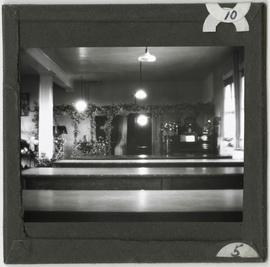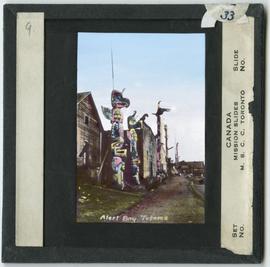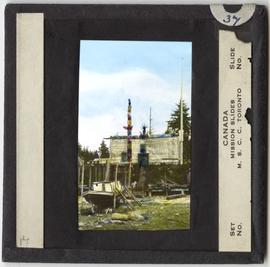Examples from How to Write the Haida Language
- 132-3-B-2-MAN-039
- Item
- April 1972
Parte de MOA General Media collection
Item is an audio recording of Mrs. Gertrude Kelly providing Skidegate Haida translations of words to an interviewer, Randy Bouchard as part of the How to Write the Haida Language project. According to the recording, Mrs. Gertrude Kelly was formerly of Skidegate and at the time of the recording was living in Vancouver. Randy Bouchard co-founded the BC Indian Language Project in 1968 (https://www.memorybc.ca/british-columbia-indian-language-project) and is the author of numerous books pertaining to First Nations subject matter.







